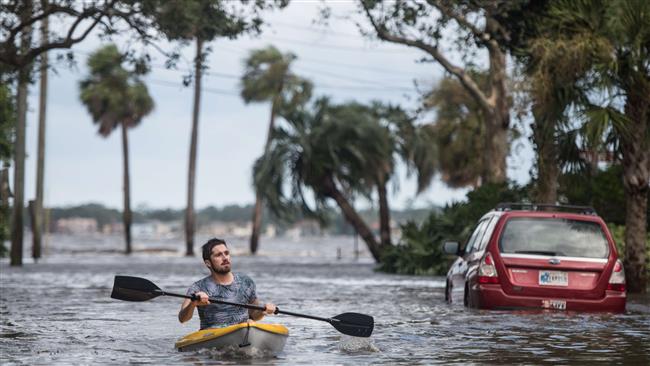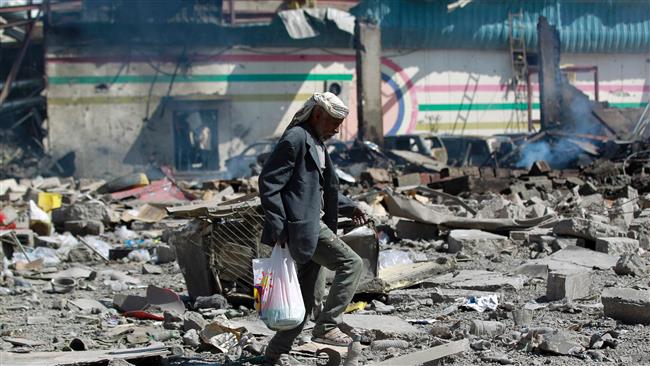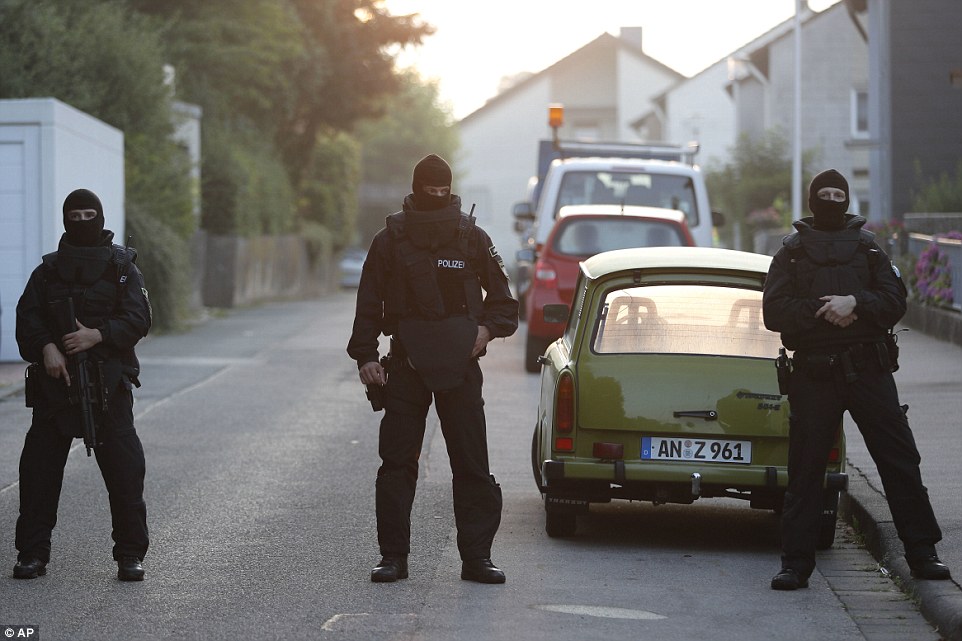Floridians return to storm-battered homes as Irma flooding spreads


Storm-shocked Floridians returned to shattered homes on Monday as the remnants of Hurricane Irma pushed inland, leaving more than half of all state residents without power and city streets underwater from Orlando and Jacksonville into coastal Georgia and South Carolina.
Downgraded to a tropical storm early on Monday, Irma had ranked as one of the most powerful Atlantic hurricanes on record before barreling into the Florida Keys on Sunday and plowing northward along the Gulf Coast and moving inland to wreak havoc across a wide swath of the third-most populous US state.
Still, the scope of damage in Florida and neighboring states paled in comparison with the utter devastation left by Irma as a rare Category 5 hurricane in parts of the Caribbean, where the storm killed nearly 40 people – at least 10 of them in Cuba – before turning its fury on Florida.
Especially hard hit in the United States was the resort archipelago of the Keys, extending into the Gulf of Mexico from the tip of Florida’s peninsula and connected to the mainland by a single, narrow highway, Governor Rick Scott told a news conference on Monday.
“There’s devastation,” he said, adding that virtually every mobile-home park on the island chain was left upended. “It’s horrible what we saw.”
While some evacuees from the Keys expressed anger at authorities refusing to allow them to return to their homes on Monday, the US Defense Department said as many as 10,000 residents who had stayed put on the island may now be stranded and in need of evacuation.
Monroe County fire officials said later they would reopen road access on Tuesday morning at 7 a.m. EDT (1100 GMT) for residents and business owners from Key Largo, the main island at the upper end of the chain, as well as the towns of Tavernier and Islamorada farther to the south.
No timetable for reopening the remainder of the Keys was given.
In Miami, which escaped the worst of Irma’s winds but experienced heavy flooding, residents in the city’s Little Haiti neighborhood returned to the wreckage of trailer homes that were shredded by the storm.
“I wanted to cry, but this is what it is, this is life,” Melida Hernandez, 67, who had ridden out the storm at a nearby church, said as she gazed at the ruins of her dwelling, split in two by a fallen tree.
Evacuees urged to stay put

The storm claimed its first known US fatality over the weekend in the Keys – a man found dead in a pickup truck that had crashed into a tree in high winds.
At least one other possibly storm-related fatal car crash was reported on Sunday in Orange County, Florida. On Monday, two people were killed by falling trees in two Atlanta suburbs, according to local authorities.
Some 6.5 million people, about one-third of Florida’s population, had been ordered from their homes ahead of Irma’s arrival, and more than 200,000 people sought refuge in about 700 shelters, according to state data.
Scott urged evacuees all over the state to stay put for now rather than rush home, saying downed power lines, debris and other hazards abounded. “Don’t put any more lives at risk,” he said.
Without power

One of the biggest lingering problems was widespread power outages, with utilities reporting some 7.4 million homes and businesses without electricity in Florida and neighboring states. They said it could take weeks to fully restore service.
Scott said 65 percent of Florida was without power.
Travel into and out of the state likewise remained stymied. Miami International Airport, one of the busiest in the country, halted passenger flights through at least Monday.
Police in Miami-Dade County and Fort Lauderdale reported making 48 arrests for looting.
The Keys were largely evacuated before the storm struck with winds of up to 130 mph (209 kph), and police established a checkpoint on Monday to keep displaced residents from returning while authorities work to restore power, water, fuel supplies and medical service.
Some seeking re-entry argued with police who stopped them at the first of a series of bridges leading to the island chain.
Irma’s arrival in Florida came around two weeks after Hurricane Harvey claimed about 60 lives and caused property damage estimates as high as $180 billion after pummeling the Gulf Coasts of Texas and Louisiana with heavy rains and severe flooding.
(Source: Reuters)




